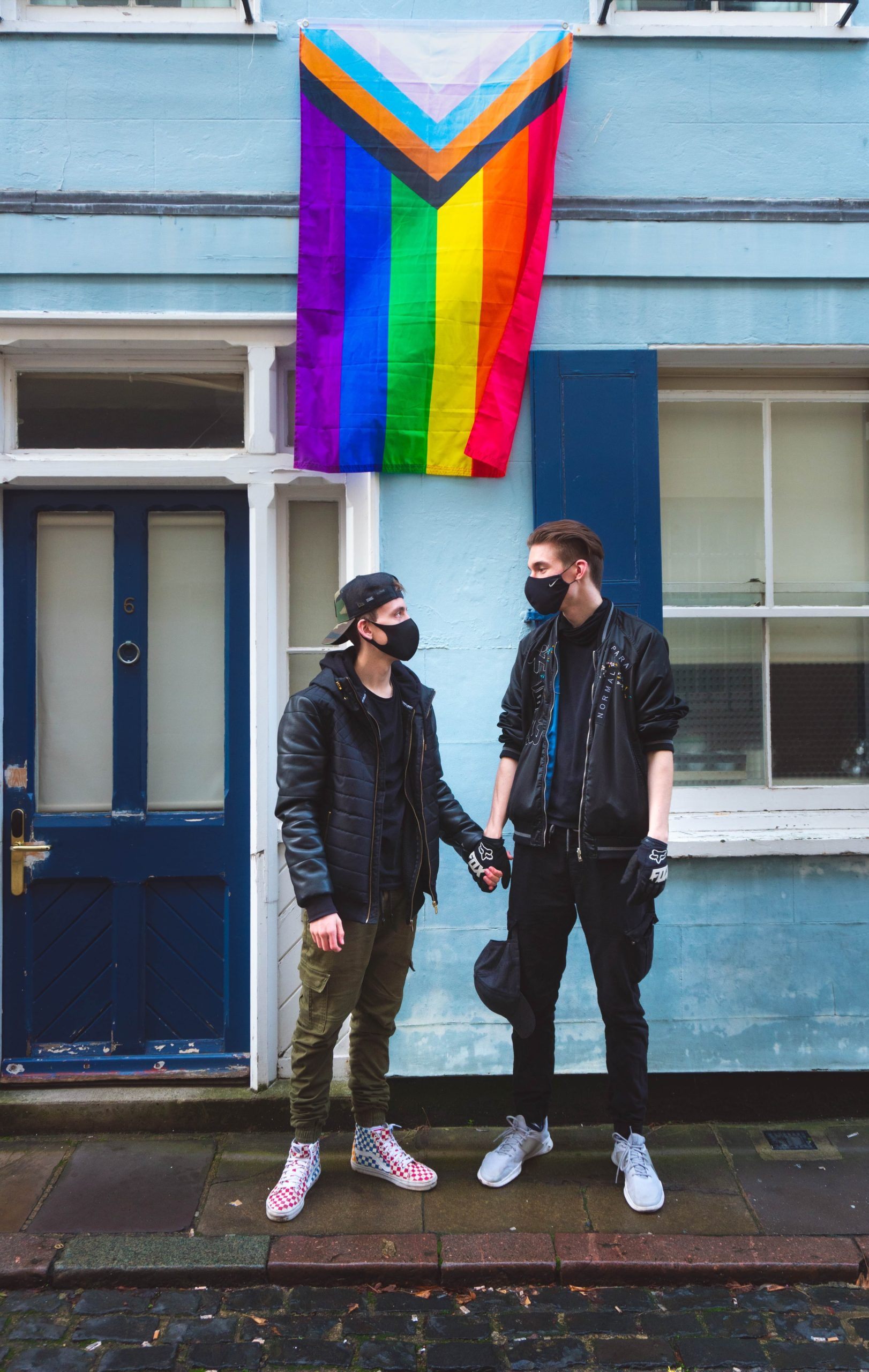Sexuality is an integral part of our adult lives, but we are often uncomfortable talking about it with our young children. The vast majority of parents know that sex education is essential, but they don’t always know how to answer their children’s famous questions…
Is there a specific way to go about it? How should we react when our children ask us questions? Should we anticipate the questions or let them come? So, without further ado, let’s dive into this blog and let us all your burning questions.
1. Do not assume that a teen’s sexual orientation or gender identity

Many people confuse sexual orientation and gender identity with sexual activity. Yet, for much queer youth, it has more to do with identity and community than sexual behavior. Yet many people focus on the sexual side. And while sex will likely be a part of your child’s life at some point, likely influenced by their sexual orientation or gender identity, it is entirely possible that sex with another person will not be a topic for some time when the child is still younger.
A discussion in which you acknowledge the wide range of sexual orientation and gender expressions, and do not focus solely on sexual acts, can send a positive message about how you feel about your child’s relationship with this aspect of his or her personality.
2. Talk about specific sexual acts, not lesbian or gay sex
While it’s tempting to remind lesbian teens that they should get dental dams or to focus on anal sex for gay teens, the range of sexual acts a teen can participate in is not defined by their sexual orientation or gender identity. For example, many gay men never have anal sex, and many lesbian teens do.
In addition, for a variety of reasons, lesbian, gay, and bisexual teens are more likely to become pregnant than teens in the general population. This is why talking about birth control, including emergency contraception, is so important. But because we often assume that a queer kid doesn’t have the kind of sex that could lead to pregnancy, this part of the conversation is too often overlooked.
When talking with transgender youth, it is also important to respect their gender identity and acknowledge the reality of their bodies. For some transgender boys, this means, for example, talking about their periods and gynecological treatments. When we label sex as “gay” or “lesbian” ourselves, we rely on stereotypes to represent these encounters, which can result in the loss of a lot of useful information.
3. Don’t make the sex discussion a one-time event

Many parents prepare for a conversation about sex that they expect to be an uncomfortable exchange that ends with the proposition, “You can come to me with all your questions.” This is often something that both parties know is unlikely to happen. And while this scenario happens regularly, it doesn’t have to. One of the best ways to avoid such a situation is to make the conversation about sex an ongoing conversation, not a one-time thing.
You can level the playing field a bit if you let your children know. By talking about conversations, you can let your child know that you have a hard time talking about sex and say, “I’m not an expert and I’m not used to talking about it, so I may be mixing things up.” Many parents never had these discussions growing up and need to learn to do so when it’s too late.
4. Be prepared to counter some misinformation.
When students receive sex education in schools in the U.S., it often takes the form of abstinence-based education. This form of education omits crucial information and is known to be homophobic and transphobic. The programs can greatly exaggerate the risk of HIV infection for homosexual youth. They may also explain that homosexuality leads to depression and suicide without considering that these correlations are related to lack of support and rejection by school and family and are not directly related to a person’s sexual orientation or gender identity.
There is also the issue of porn. Like many teens, LGBT+ teens may encounter porn long before they are of legal age to do so. And while there’s nothing morally reprehensible about being interested in sex images, the information you get about how intimate situations play out is far from accurate. Sex in porn is often aggressive and violent, and protected sex is rarely addressed. Also, men usually have huge penises, while women are usually hairless and have large, often enlarged breasts.
What is called “lesbian sex” is usually sex between women presented in a way that attracts heterosexual men. Porn that features transgender people is often presented in offensive and dehumanizing terms. Teens should know that pornographic sex and real sex are not the same things. It’s not that LGBT+ teens don’t have access to information about sexuality, but that information is often wrong, and as parents, you have the power to correct this situation.
Sound off in the comments section below and tell us what you want to read next and if you want to read more about queer sexual health.


